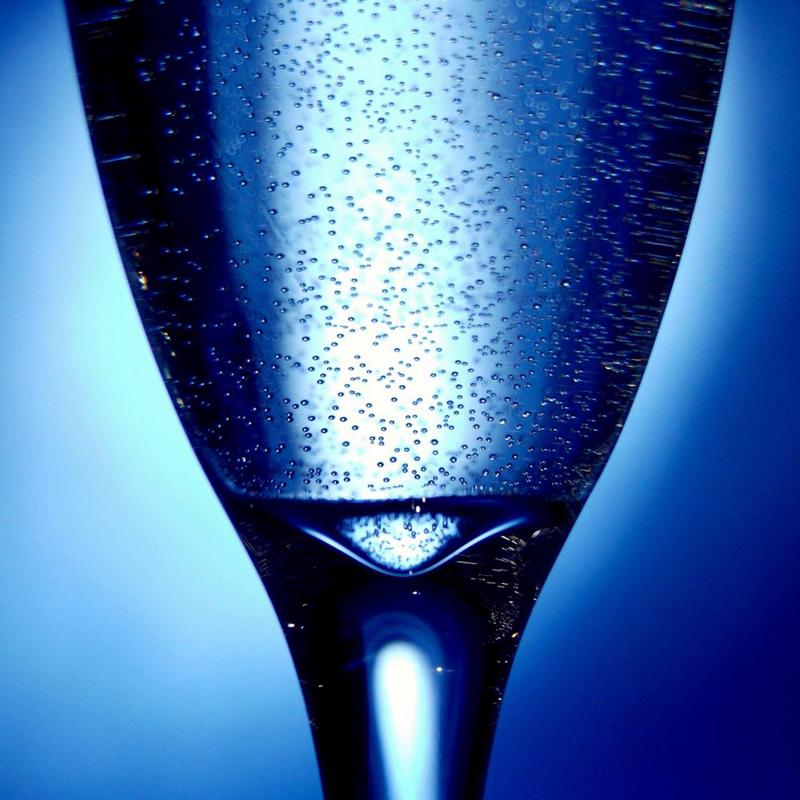Experienced and up-and-coming chefs alike keep their eyes open for the latest developments in the culinary world. Knowing what patrons are looking for helps to cater a menu to a particular audience’s preferences and keeps restaurants in tune with new trends.
One notable theme many culinary students and restaurateurs alike are learning about is consumers’ increasing focus on health-forward meals. This may mean seeking out dishes that won’t cause inflammation or opting for water over soda.
Working within these trends can present challenges but also opportunities to culinary professionals. For example, did you know there’s an art to pairing water with dishes? Much like a sommelier can select the perfect wine to match a main course, the right water pairing will complement a dish and heighten your guests’ experiences.
Water qualities to watch for
Much like wine pairing, water pairing comes down to the taste and texture of the beverage. The first thing to look for is the mouthfeel, Eat Out reported.
 Mouthfeel, minerality and acidity all play a role in choosing which dishes to pair with your water.
Mouthfeel, minerality and acidity all play a role in choosing which dishes to pair with your water.A bolder or more bubbly water should be paired with a dish that’s also vivid. For example, S. Pellegrino, a very effervescent water from Italy, would go well with a spicy or rich dish. On the other hand, a more subtle water, like the high-end still mineral water, Acqua Panna, would do better with a more delicate dish. Pair this water with meals that include seafood, light sauces or salty items.
Though mouthfeel is the most important quality to match, it’s still important to take note of mineral content and acidity. For example, Lauquen, a water from Patagonia, is very low in mineral content, making it excellent for a complex yet delicate dish like sushi, CNN reported.
A saltier or more bitter water is perfect for rich dishes or desserts. Martin Riese, a water sommelier at Ray’s & Stark Bar in Los Angeles, explained to CNN that Vichy Catalan, a Spanish water that’s bitter to the taste and somewhat salty, would go well with chocolate. The contrast can actually bring out notes in the chocolate dessert that may have otherwise gone unappreciated.
Wine and water pairing
You might also consider matching your water selection with your wine list. As with foods, different wines have qualities that the right water pairing will highlight. Strategically selecting which waters will accompany your wine is a process called harmonizing, DuJour reported.
The purpose is to bring out the best qualities in both the wine and the water, as well as to cleanse your palate.
“In fact, to reach the best combination and bring out the qualities of both it is necessary to sip them alternately, wine and water,” Giuseppe Vaccarini, a distinguished sommelier and President of Associazione della Sommellerie Professionale Italiana (ASPI), told DuJour. “They will create a pleasant sequence of sensations that follow and overlap each other, without either one overpowering or annulling the other.”
Again, choosing the right water comes down to the mouthfeel, acidity and mineral content. More subtle waters, like Acqua Panna and other still waters, work well with white wines, rosés or wines with lower alcohol content.
More vibrant water selections, like S. Pellegrino, complement wines with higher alcohol contents, as well as red and full-bodied wines. Dry, more bitter wines that have more tannins than subtler wines work well with bolder water selections.
“Following with a sip of sparkling mineral water, the C02 will be able to immediately open your papilla, salivation will start again and the structure of the mineral water will harmonize with the structure of the red wine, creating a very pleasant taste in the mouth,” Vaccarini explained.

